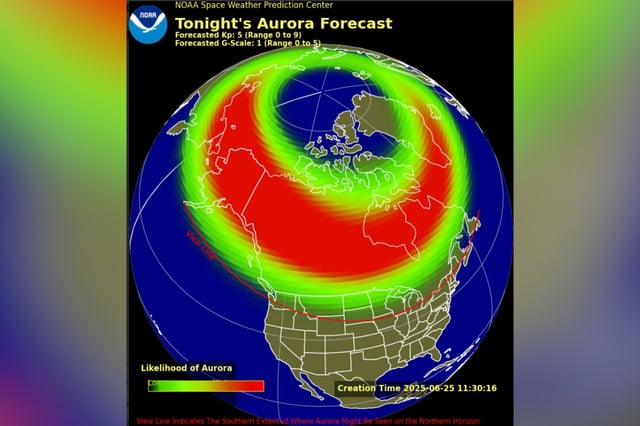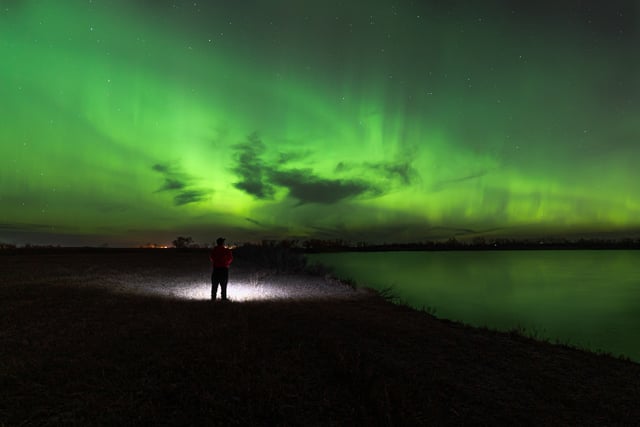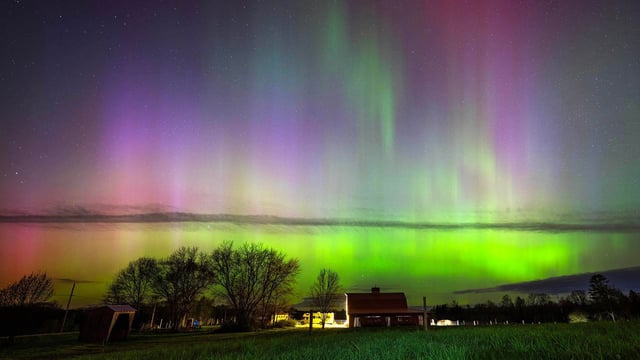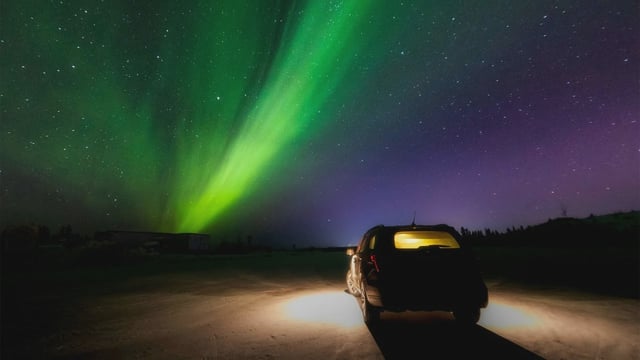Overview
- NOAA’s Space Weather Prediction Center forecasts a Kp index peak of 5.67 on June 25, bringing auroras as far south as 15 states from Alaska to Maine
- A secondary wave of minor to moderate geomagnetic storms on June 26 will sustain auroral visibility in northern regions including Alaska, Montana, North Dakota and Upper Michigan
- The current solar maximum has surpassed expectations with NASA estimating a 500-year peak in auroral activity and is expected to drive frequent storms through 2026
- Optimal viewing occurs between 10 p.m. and 2 a.m. local time under dark skies with a clear north horizon, but short summer nights in higher latitudes may limit darkness
- Observers are advised to follow NOAA’s Space Weather Prediction Center for the latest Kp index forecasts and aurora viewline maps



